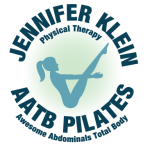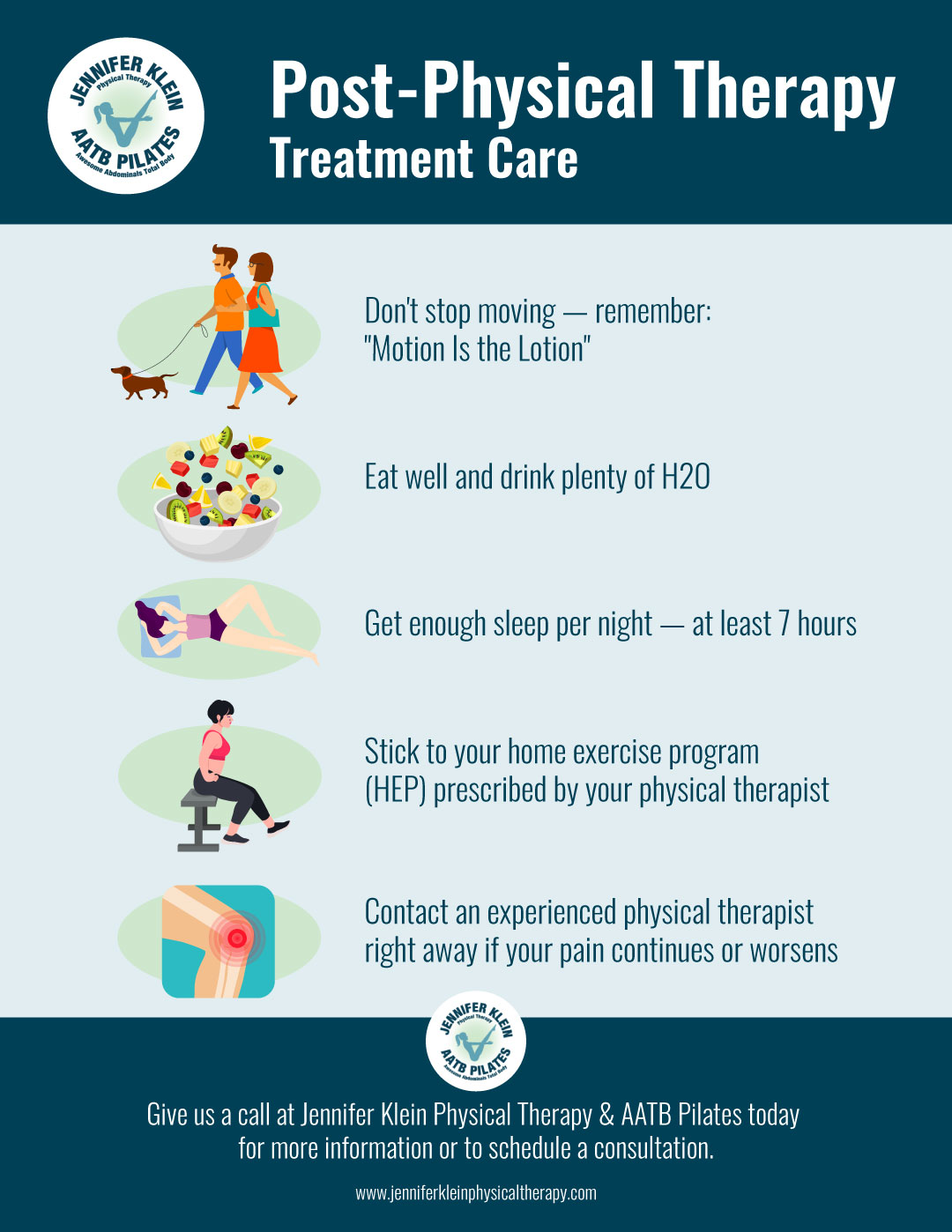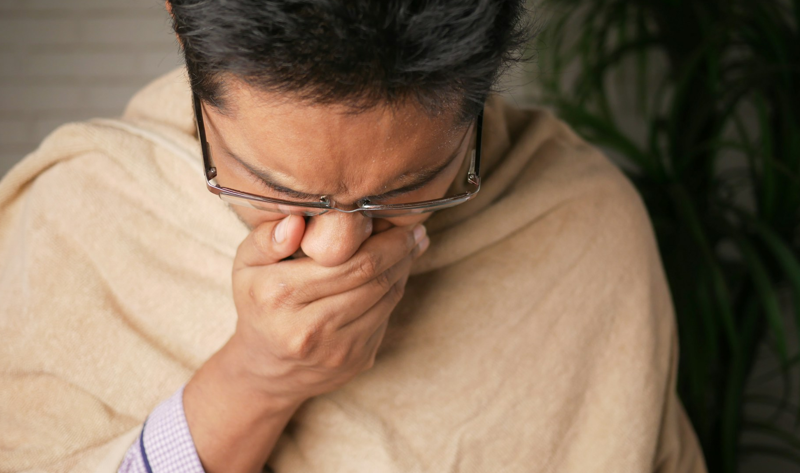If you’ve ever felt like your chest was tight, heavy, and hard to breathe through, you’re not alone. Congestion from colds, coughs, or seasonal flare-ups can leave you drained and frustrated. At our practice, we often hear the same question: “Is there a natural way to breathe easier again?”
Cupping therapy, a time-honored approach rooted in Traditional Chinese Medicine, may offer some much-needed relief. While it might look a little unconventional at first glance, cupping has been used for centuries to support respiratory health, especially when it comes to clearing the lungs and loosening stubborn phlegm.
Understanding Respiratory Congestion
Congestion isn’t just a stuffy nose or a nagging cough; it’s a sign that your body is working overtime to protect itself. When we talk about respiratory congestion, we’re usually referring to an excess buildup of mucus in your lungs, throat, or nasal passages. Your body creates mucus as a defense mechanism, trapping bacteria, viruses, and allergens. But when that system gets overwhelmed (like during a cold, the flu, or seasonal allergies) it can leave you with tightness in your chest, difficulty breathing, and that unmistakable sense that something just won’t “clear.”
For many of our patients, this discomfort brings fatigue, interrupted sleep, and even anxiety. Whether it’s triggered by a lingering virus or chronic conditions like asthma or bronchitis, chest congestion can feel both physically and emotionally draining. That’s why finding supportive therapies, like cupping, to loosen phlegm isn’t just about symptom relief. It’s about helping you feel like yourself again.
What Is Cupping Therapy?
At its core, cupping therapy is surprisingly simple: it involves placing cups on the skin to create a gentle suction. This negative pressure draws skin and muscle upward, helping increase blood flow to the area and encouraging the body’s natural detox processes. It’s not a new idea; cupping has been used for thousands of years in traditional Chinese, Middle Eastern, and even Eastern European practices. But it’s not just ancient folklore. Many people today turn to cupping for its grounding, restorative effects, especially during illness or recovery.
There are a few different types of cupping, each with its own intention. Dry cupping relies solely on suction; wet cupping involves small incisions to release a small amount of blood. Fire cupping uses heat to create vacuum pressure, while massage cupping moves the cups along the skin for a more dynamic treatment. For respiratory concerns like chest tightness or congestion, dry or fire cupping over the upper back is often used to stimulate lung function.
How Cupping Alleviates Chest Congestion
When you’re dealing with stubborn chest congestion, it can feel like you’re breathing through a straw. Cupping helps by shifting your body out of that tight, stuck place and into a state of movement and release. One of the most helpful things about cupping is how it boosts circulation; not just blood, but also lymphatic flow, which plays a key role in clearing waste from your tissues. This increased flow helps draw out inflammation and brings in fresh oxygen and nutrients, which your body needs to repair itself.
For the lungs specifically, cupping over the upper back or chest can relax the muscles involved in breathing, helping you take fuller, easier breaths. The suction effect also creates a gentle pulling on the fascia and skin, which some people describe as “lifting” pressure off the chest. It’s one reason many of our patients describe feeling “lighter” after a session.
Perhaps most notably, cupping helps loosen phlegm by stimulating the movement of mucus in the lungs. If you’ve been coughing without much relief, cupping may offer the nudge your body needs to clear things out. This is why cupping for chest congestion and coughing is a tool we keep in our wellness toolbox.
Cupping Points for Lung Health
In Traditional Chinese Medicine, different points on the body correspond to different organ systems. When we’re using cupping to support your lungs, we often focus on specific acupoints that encourage respiratory balance and help open the chest. One of the most commonly used is BL13, located between the shoulder blades. This point is directly associated with lung energy and can be especially powerful when congestion is sitting deep in the chest.
We may also work along the upper back and sides of the ribcage to stimulate breathing muscles. These cupping points for lungs are chosen intentionally to create space, movement, and relief where your body needs it most.
Cupping for Specific Conditions
We see a wide range of reasons why someone might seek cupping during cold and allergy season, but a few conditions come up again and again. One is chronic cough, especially the kind that lingers after the initial illness fades. Cupping for cough works by encouraging circulation around the lungs and stimulating the body to move mucus upward, where it can be cleared. It doesn’t stop the cough altogether; instead, it helps make each cough more productive.
Then there’s cupping for chest congestion, which often comes with a heavy, restricted feeling across the chest or upper back. By increasing circulation and relaxing the surrounding muscles, cupping can help relieve that tightness and create a greater sense of openness in your breathing.
For those struggling with thick, stubborn mucus, cupping also works to loosen phlegm and can offer surprising relief. When paired with hydration, movement, and rest, this gentle therapy can make a real difference in how your body lets go of what it no longer needs.
Safety Considerations and Contraindications
Cupping is generally safe when performed by someone trained, but like all therapies, it isn’t for everyone. If you have a bleeding disorder, take blood thinners, or have fragile or inflamed skin, it’s important to talk to your provider before scheduling a session. Pregnant clients should avoid cupping on the abdomen and lower back.
You might notice round marks or mild bruising where the cups were placed; this is expected and usually fades within a few days. Still, we always check in with you beforehand to make sure you’re comfortable, informed, and supported in every step of the process.
Final Thoughts on Cupping for Congestion
Cupping therapy isn’t a magic fix; but for many people, it becomes a meaningful part of their recovery process. When your lungs feel tight and your breath feels shallow, sometimes a little extra help can go a long way. We’re here to help you breathe easier, one session at a time.




Recent Comments